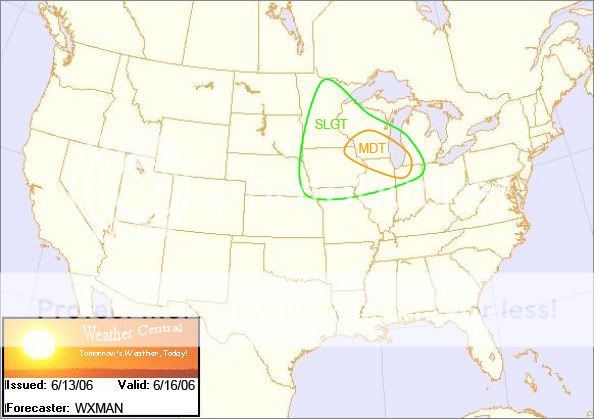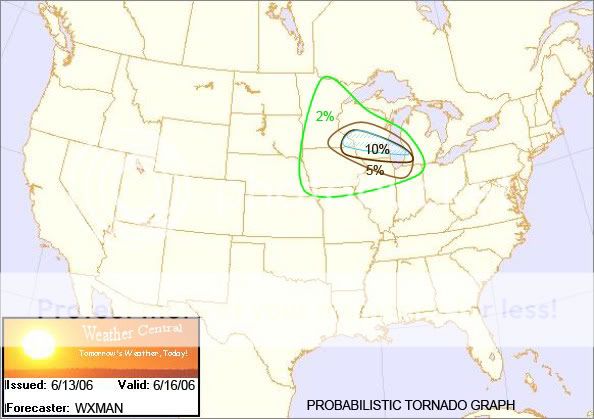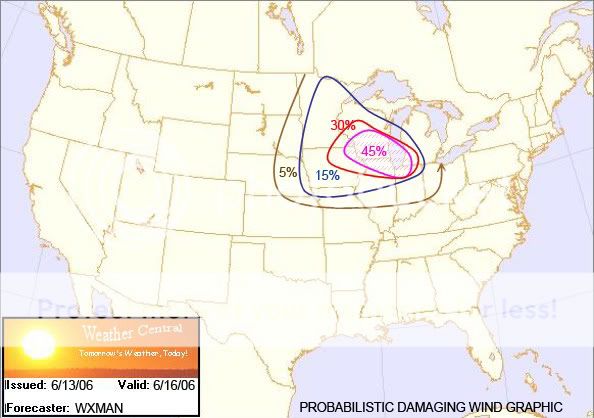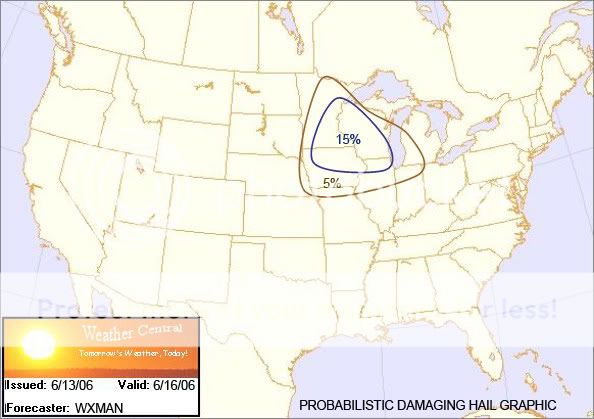nickgrillo
EF5
While the warm layer aloft may be particularly strong in some areas, the NAM paints a quite favorable synoptic environment for supercells (and possible tornadoes) -- particularly along the warm front in southern WI. Forecast soundings show a very favorable setup -- with strong boundary layer veering with height -- yielding large/curved low-level hodographs (and >150m2/s2 0-1km SRH) across southern WI. With the assumption of mid-upper 60F tds (and low 80F sfc temps) then sfc-based CAPE should increase to >3000j/kg (with SBCINH eroding by 00z) near the warm front. In addition, the favorable deep-layer kinematic profiles (i.e. deep-layer WSW flow aloft with strong speeds -- with 35-45kt 500mb flow) will poise for sufficient 0-6km deep-layer shear for sustained supercells (e.g. 35-40kts). Given the low-level convergence along the warm front -- sfc-based supercells could initiate by the mid-late afternoon in deference to regions of enhanced sfc heating/moisture pooling (locally more buoyant) to breach the capping inversion and allow for deep-layer ascent of unstable boundary layer air. Assuming 64-68 tds, then LCLs will be particularly low (<1000m AGL across southern WI per the latest NAM -- and still particularly low even when modifying the low-level moisture profiles to decrease dewpoint).
I'm sure a lot will change from now until Friday, I figured it'd be worth a thread -- especially given WI's track record :huh:
I'm sure a lot will change from now until Friday, I figured it'd be worth a thread -- especially given WI's track record :huh:




